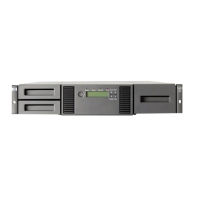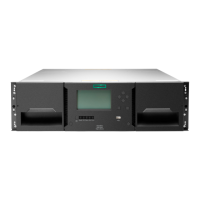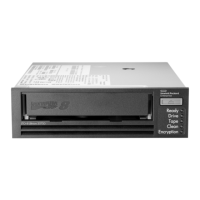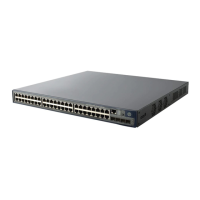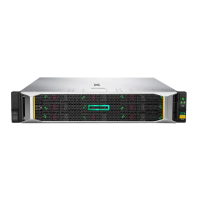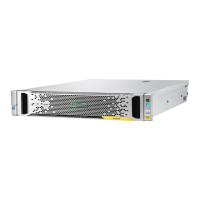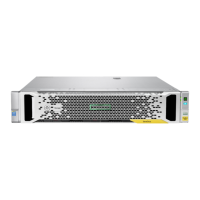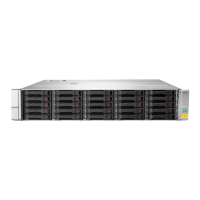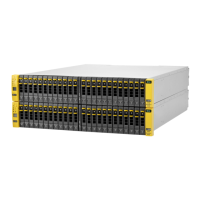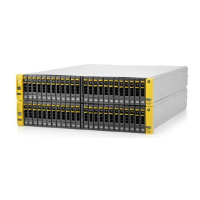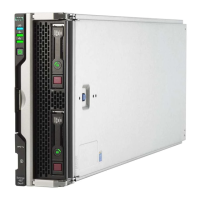This method has the following benefits:
• It is useful when high performance and data protection are more important than usable capacity.
• This method has the highest write performance of any fault-tolerant configuration.
• No data is lost when a drive fails, as long as no failed drive is mirrored to another failed drive.
• Up to half of the physical drives in the array can fail.
RAID 1 (ADM) and RAID 10 (ADM): In RAID 1 (ADM) and RAID 10 (ADM) configurations, data is duplicated
to two additional drives. The usable capacity is C x (n / 3) where C is the drive capacity with n drives in the
array. A minimum of 3 drives is required. When the array contains only three physical drives, the fault-
tolerance method is known as RAID 1 (ADM).
System Architecture 33
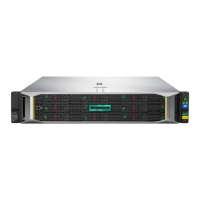
